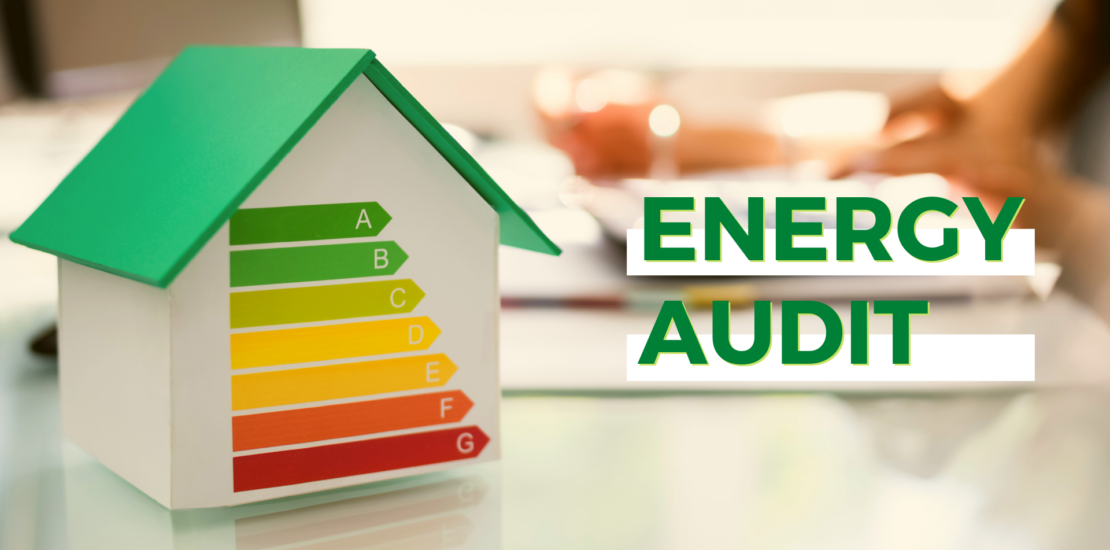Energy Audit
- 28/12/2024
- Posted by: Besim Islami
- Categories: Business plans, Energy audits, Energy efficiency, Innovation

Understanding where and when the business uses energy is crucial to finding the best ways to save money. Energy bills can provide some of this information, but detailed data and assessments will help you gain a better understanding of energy use.
To get a complete picture of electricity and gas use, at least 12 months of data showing energy-use patterns will need to be collected. Billing data should uncover gaps or identify some of your company’s higher-energy use processes. This information can be obtained directly from the energy supplier or a third party can be authorised to access the data
You can also rent a meter to measure short-term energy use, or install meters to capture specific operating periods. Don’t forget to factor in daily, monthly or seasonal variations when analysing the results.
Electricity monitors show in real time how much energy your business is using and how much this energy costs. Some energy retailers offer free energy monitoring. There are also energy monitoring apps for both Apple and Android devices. Plug-in monitors are also available.
- Type 1 audit (basic energy audit):
A basic overview of your company’s energy consumption, and a broad estimate of energy savings with relatively short payback periods.
These audits are useful for smaller businesses. Larger businesses can also benefit if energy efficiency has not been previously assessed.
- Type 2 audit (detailed energy audit):
A more rigorous analysis of your company’s energy consumption. It will quantify potential energy savings based on detailed data and analysis of the specific equipment and operating conditions applying to each site.
Also includes financial evaluation of opportunities based on agreed criteria that will help business owners prioritise the opportunities shown in the audit. Installation of additional measurement equipment is not generally required.
- Type 3 audit (precision subsystem audits):
Focuses on a major subsystem, such as boilers or compressed air systems. It involves additional measurements to quantify opportunities to a higher level of accuracy.
Useful for larger businesses with specialist equipment or major production facilities.
- Information to provide:
As well as the requirements for Type 1 and Type 2 audits, provide additional information on the interactions between the specified subsystem being audited, and other equipment at your site. You should also supply the operating profile for that subsystem and any other information that will help to identify the additional measurements needed for this level of audit.
For Type 2 or 3 audits in particular, it is advisable to refer to the standard to identify whether there is sufficient data available for an audit at those levels.
Leave a Reply Cancel reply
Contact us at the Consulting WP office nearest to you or submit a business inquiry online.


